
Mold Exposure: Allergies, Illness, Reactions
As we continue to make our way through the latter half of summer, and march ever-closer to winter, the season of runny noses, sore throats, and frustrating coughing is nearly upon us. Being out and about and getting exposed to virus’ and other illness is usually the culprit however, some may notice that these symptoms seem to be worse at home. If this sounds like you, continue reading to learn about the hidden dangerous of mold exposure.
Although most types of mold are non-toxic to humas, there are certainly species of mold that can cause irritation and health issues. The most commonly known of all types, Stachybotrys Chartarum, aka black mold, is typically the source of mold related health problems. We call black mold “toxic” for a very specific reason, that is, it can produce mycotoxins, a chemical that can be deadly to human beans and animals alike. This is an imporant distinction as the mold itself is non-toxic, rather the mycotoxins produced by the mold colony is the toxic culprit.
How Does a Mold Allergy Manifest in Humans?
It is important to understand that the human immune system exists for the explicit purpose of helping to protect your body from any number of different types offoreign particles that may be dangerous to your health. When you experience an allergic reaction, it is your body’s response to to the arrival or detection of such a particle. A mold spore for instance may set off an allergic reaction in some people. When your immune system reacts to defend you against infection, you might experience symptoms such as a runny nose, a cough, itchy throat, shortness of breath, or even skin irritation such as rashes, hives, or itchiness.
Some of the most common reactions to mold allergies are as follows:
- Visible signs of mold throughout your home
- Runny nose, sneezing, itchy or watery eyes especially when in certain areas or rooms of your home
- Skin rashes
- Musty, sweet, or “wet dirt” smell
- Water spots on ceilings, walls or floors
How is Mold Exposure Treated?
When it comes to treating reactions to mold, the protocol is the same as with any other allergic reaction. Fungal infections that can spread throughout the body are especially harmful to infants and children, and the elderly but that doesn’t mean that healthy adults are out of the woods. Typically exposure will lead to hospitalization and treatment with antifungal drugs. Sometimes treatments to support breathing and good circulation throughout the body are necessary.
What Do I Do if My Home Is Infested With Mold?
If you are concerned that mold may be growing inside your home, or if you see visible mold growth, do not hesitate to give us a call! We are the go-to mold remediation experts in San Jose, Santa Clara, Campbell, Milpitas, Saratoga, Los Gatos, Morgan Hill, and all of the surrounding cities. We can be reached directly for a free mold removal estimate at (408) 645-5958.


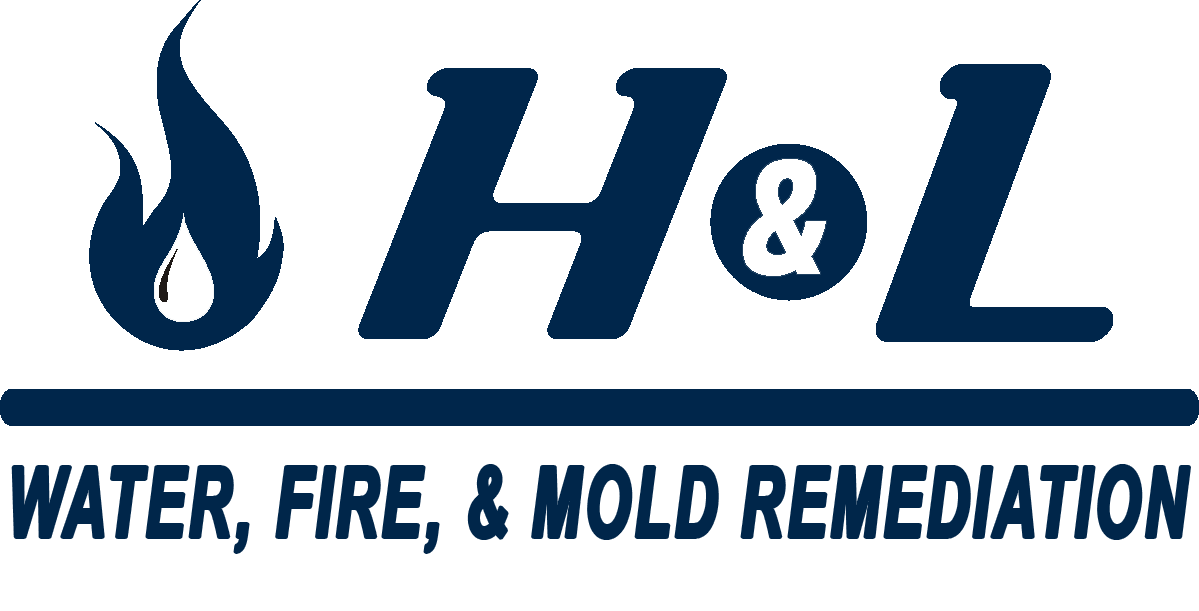
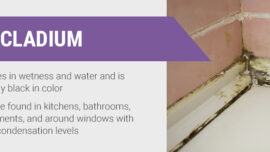
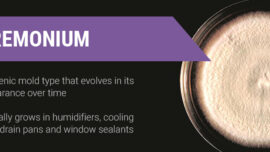

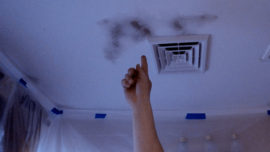


0 comments
Write a comment